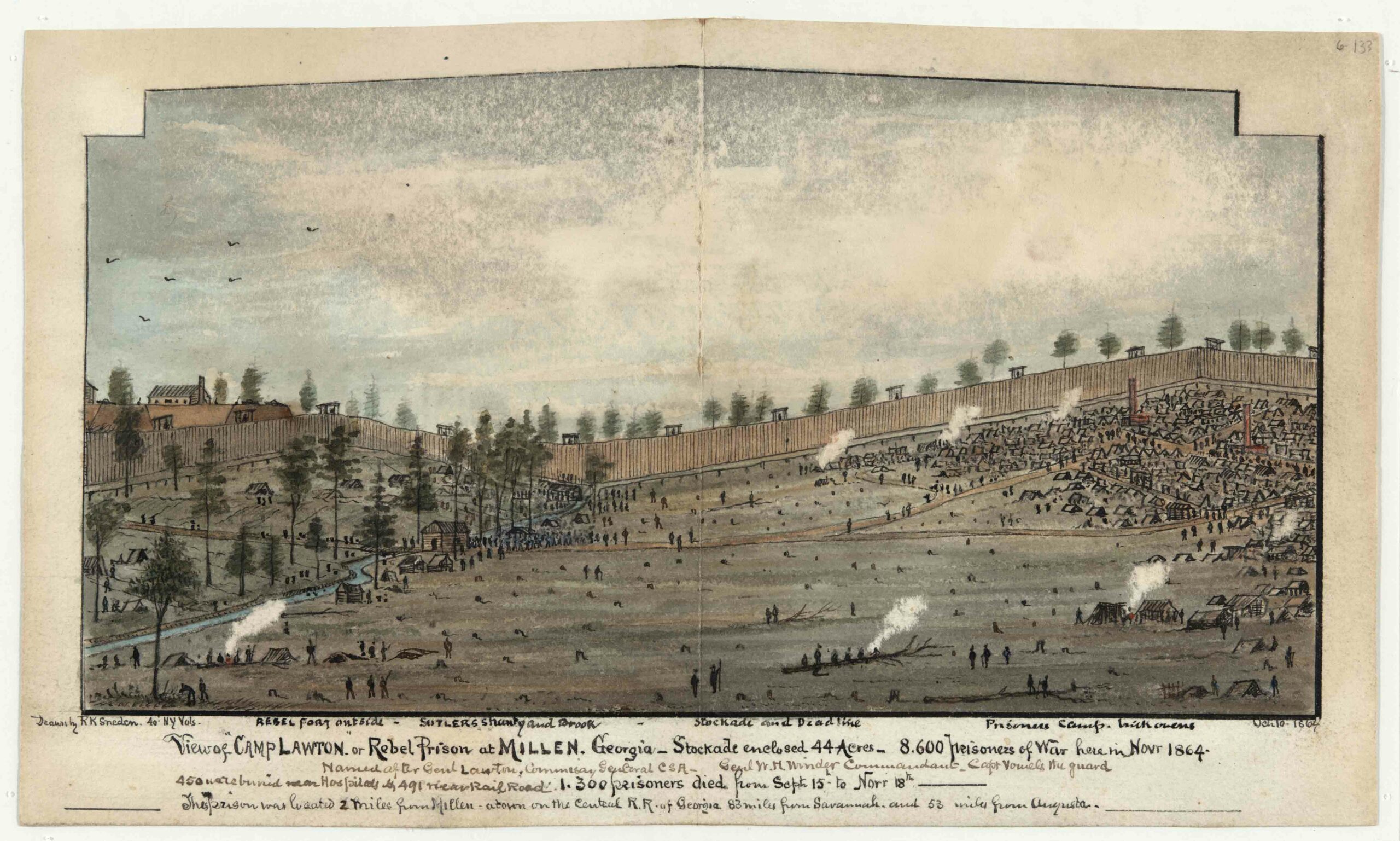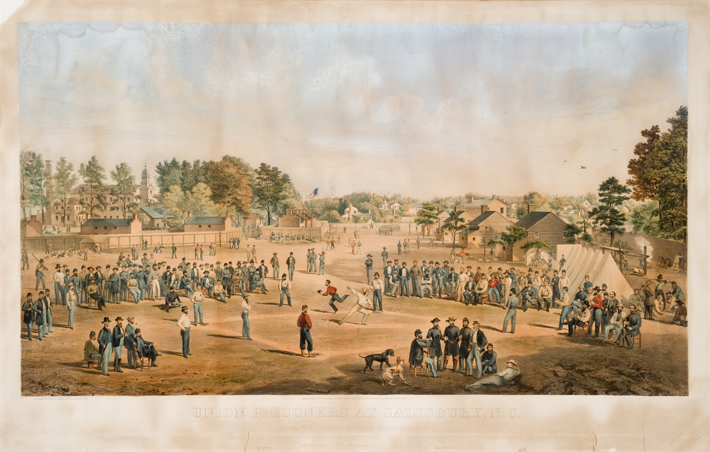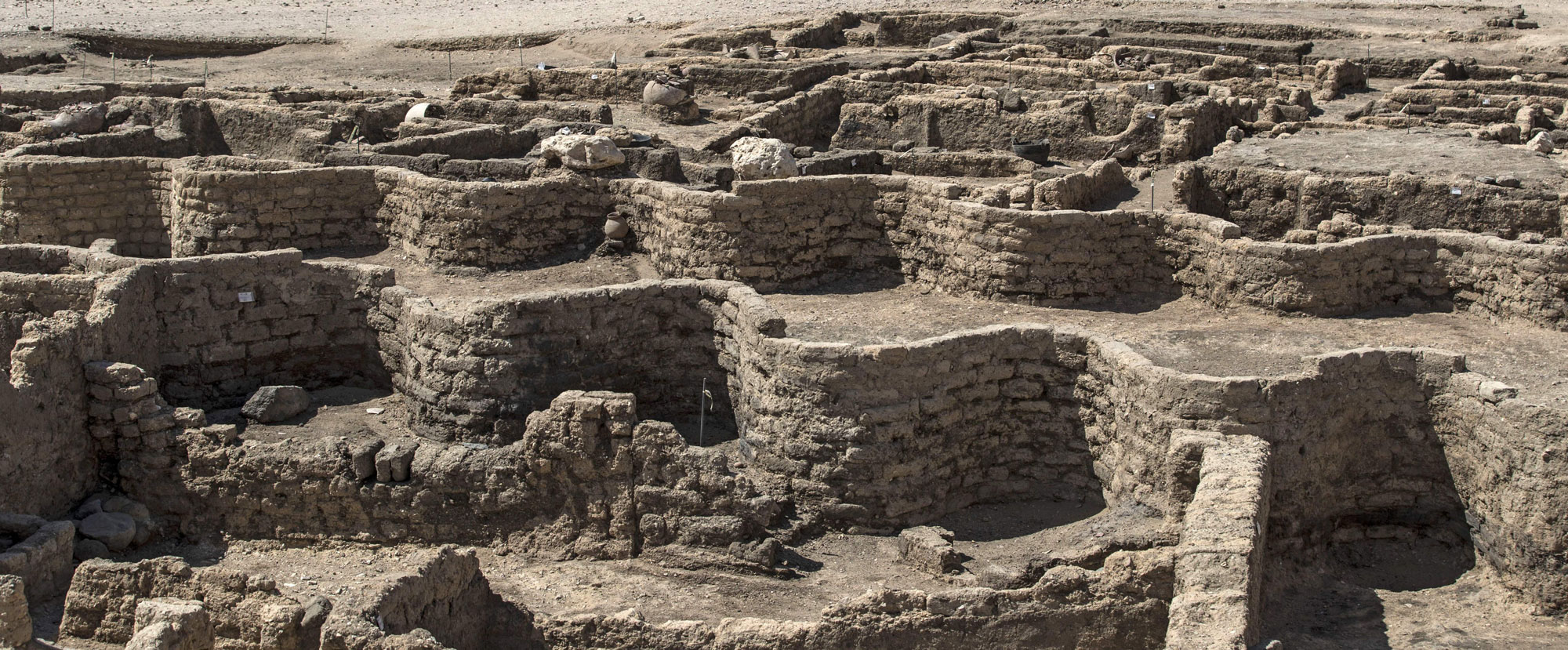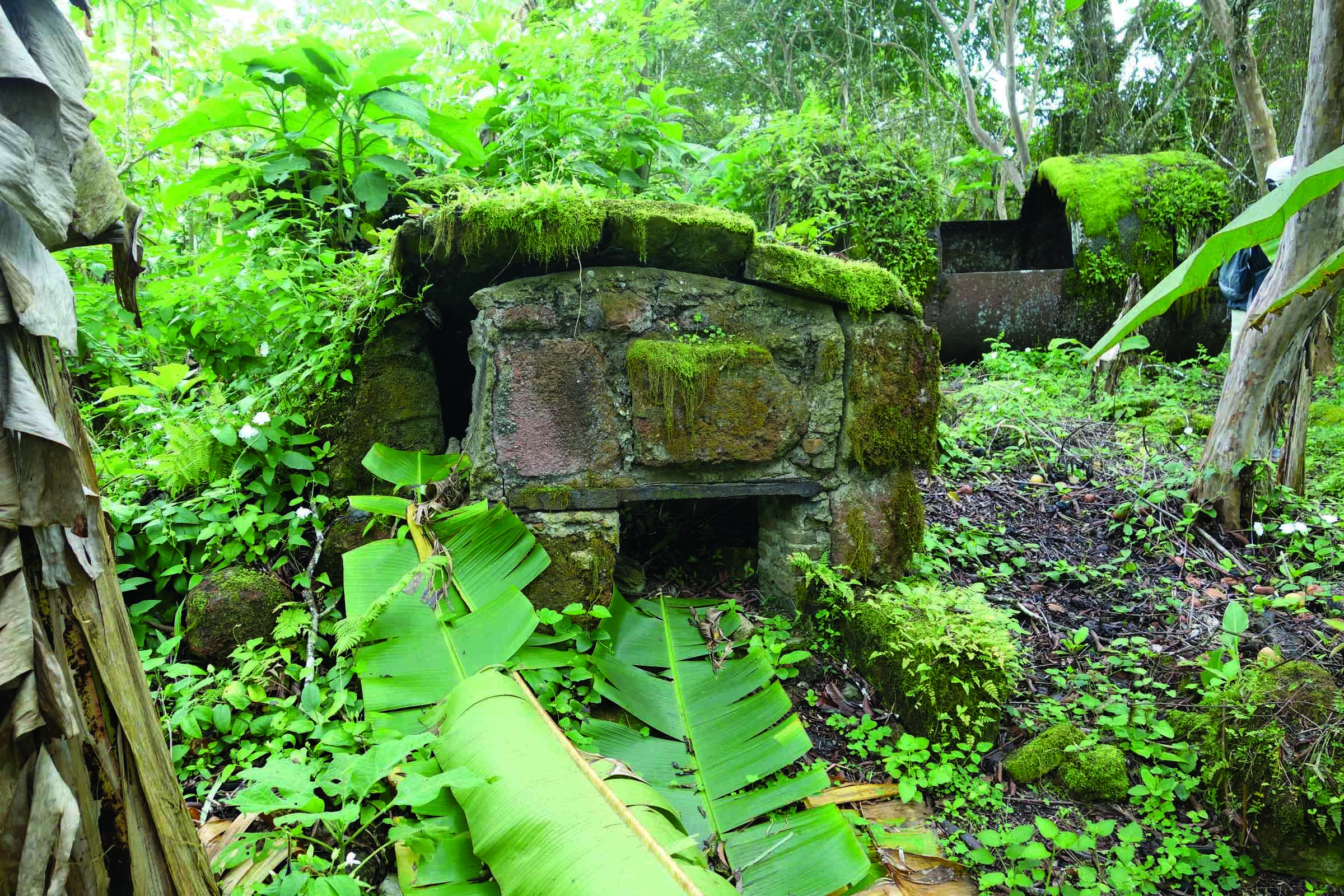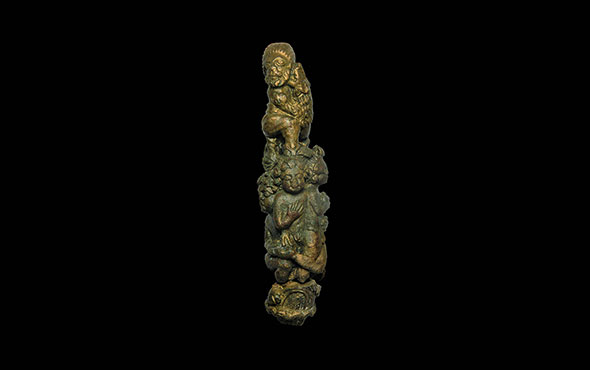
COBB COUNTY, GEORGIA—The Charlotte Observer reports that archaeologists conducting a metal detecting survey ahead of the construction of a hiking trail in northwest Georgia’s Kennesaw Mountain National Battlefield discovered an intact, 10-pound Parrott shell, a type of ammunition used by the Union Army during the Civil War. The percussion fuse on this shell, however, did not ignite when it hit the ground, according to researchers from the Southeast Archaeological Center. The bomb squad at the Cobb County Police Department moved the explosive to a bunker for storage until it can be safely detonated. More than 5,000 soldiers died in the Confederate victory at Kennesaw Mountain, which was fought from June 19 through July 2, 1864. Union General William Tecumseh Sherman pushed on toward the capture of Atlanta after the loss. To read about a Civil War POW camp in Georgia, go to "Life on the Inside."



